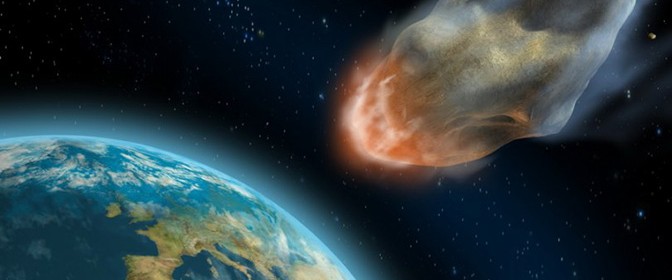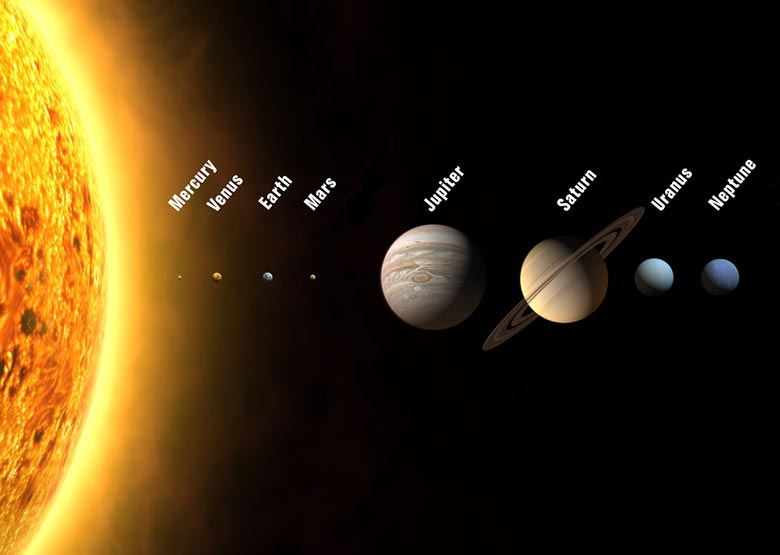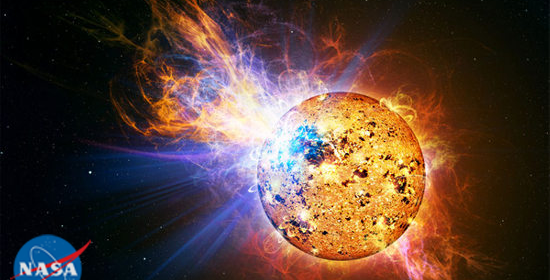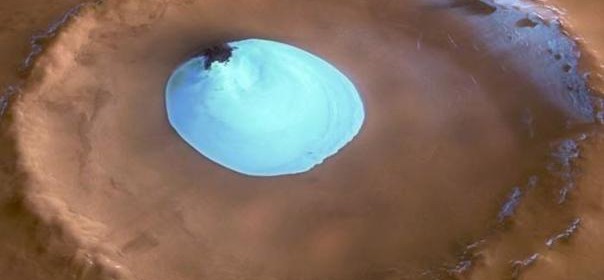Cartoon – Heaven on Earth





People always wonder how the moon was made. The birth of the planets 4.5 billion years ago was extremely violent. They grew to full size by absorbing rival planet embryos in a series of titanic collisions—one of which probably gave Earth its moon (below). The moon’s large size, low density, and other features suggest that it emerged from an explosion […]
Read more

The Milky Way and its closest neighbor, the Andromeda galaxy, are on course for “ a head-on collision,” says astronomer Roeland van der Marel of the Space Telescope Science Institute. But no need for precautions because the crash won’t happen for another 4 billion years. Researchers have long known that Andromeda, currently some 2.5 million light-years away, is moving toward […]
Read more
The most common Visitors from outer space… COMETS!! Near misses by comets and asteroids are rare events, but in 2013, predictions were made that earthlings would experience at least three. A menacing, 1,000-foot-wide asteroid named Apophis which passed within 9 million miles of our planet—close by astronomical standards. Dubbed “the doomsday asteroid,” Apophis has an elliptical orbit around the sun […]
Read more
It’s a little bit less certain that the inner planets— Mercury, Venus, Earth, and Mars—will still be around to die that way. “There is a one percent chance the inner solar system will go dramatically unstable during the next five billion years,” says Laughlin. The problem is a weird long-distance connection between Jupiter and Mercury. When Jupiter’s closest approach to […]
Read more
The largest solar storm since 2005 swept across the planet this week, forcing airlines to reroute flights and disrupting communications from global positioning satellites. This spontaneous blast of solar radiation may have affected power grids and high-frequency radio communications in the northern latitudes, said the U.S. Space Weather Prediction Center. A number of airlines, which route some U.S.-Asia flights over […]
Read more
By Evo Morales, President of Bolivia – Jan 24, 2013 Sisters, brothers: The world is being hit by a world-wide multiple crisis that is manifested in a climate, financial, food, institutional, cultural, ethical and spiritual crisis. This crisis indicates to us that we are living in the final days of capitalism and unbridled consumerism; that is, of a model […]
Read more
NASA scientists have discovered evidence that a large freshwater lake existed on Mars billion of years ago, further strengthening the case that Earth’s neighbor once harbored life.The lake was part of a network of waterways that could have lasted thousands or even millions of years—possibly long enough for simple organisms to take hold there.Those conclusions come from an analysis of […]
Read more